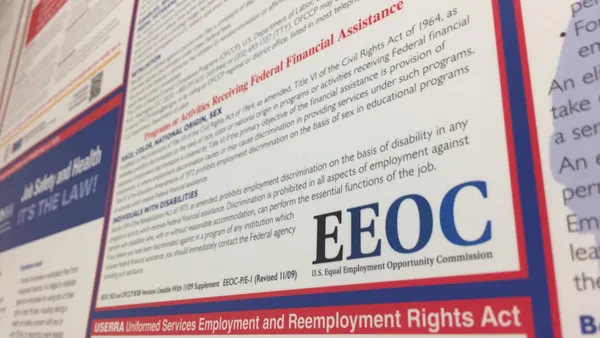Dive Brief:
- New York Gov. Andrew Cuomo issued two executive orders to close wage gaps based on race, gender and ethnicity, reports Fisher Phillips. The orders, which he announced during his 2017 State of the State address, prohibit state agencies from asking job applicants about their pay histories and requires state contractors to release employee data on race, gender, ethnicity, wages and job titles.
- Fisher Phillips says Governor Cuomo wants New York to show by example that pay gaps can and must be eliminated. Executive Order 161 prevents state entities from asking applicants about their pay history until after extending a job offer. Under Executive Order 162, state contractors or sub-contractors who can’t release data on individual workers must release data on all their workers.
- The executive orders follow Gov. Cuomo’s 2015 Women’s Equality Act, which, among other things, prohibits employers from retaliating against workers who discuss wages with each other.
Dive Insight:
Governor Cuomo took a bold, independent step in addressing pay inequality. He issued executive orders, rather than wait for the New York legislature or congressional lawmakers to vote on closing pay gaps. Last year, however, Democratic lawmakers introduced the Pay Equity for All Act of 2016 (H.R. 6030), whose measures are similar to Governor Cuomo’s executive orders. The bill was sent to the House Committee on Education and the Workforce in September, where it remains.
Cuomo's move may be symbolic of the future of state action under a new, more conservative administration. States will likely be left to their own devices on certain policies, especially those relating to the workplace such as wages and paid time off.
Prohibiting questions about pay history keeps employers from using job candidates' past earnings to determine what they should be paid in the new job. Candidates might have been paid less than their coworkers for doing the same work in their old jobs.
HR in both the private and public sectors should maintain data on pay levels for all employees and identify and correct any inequities. Having this data available could be used to support an employer’s defense in a lawsuit.











